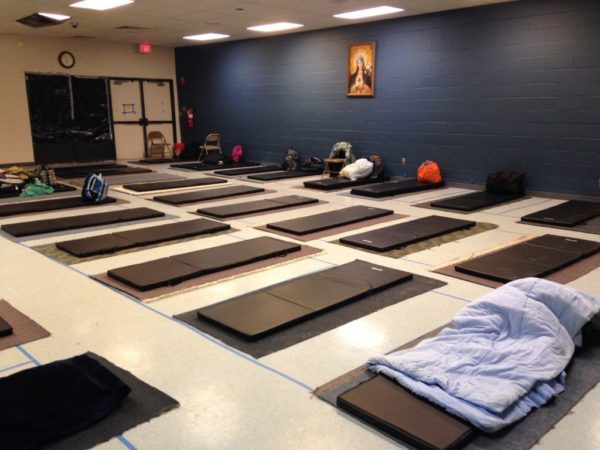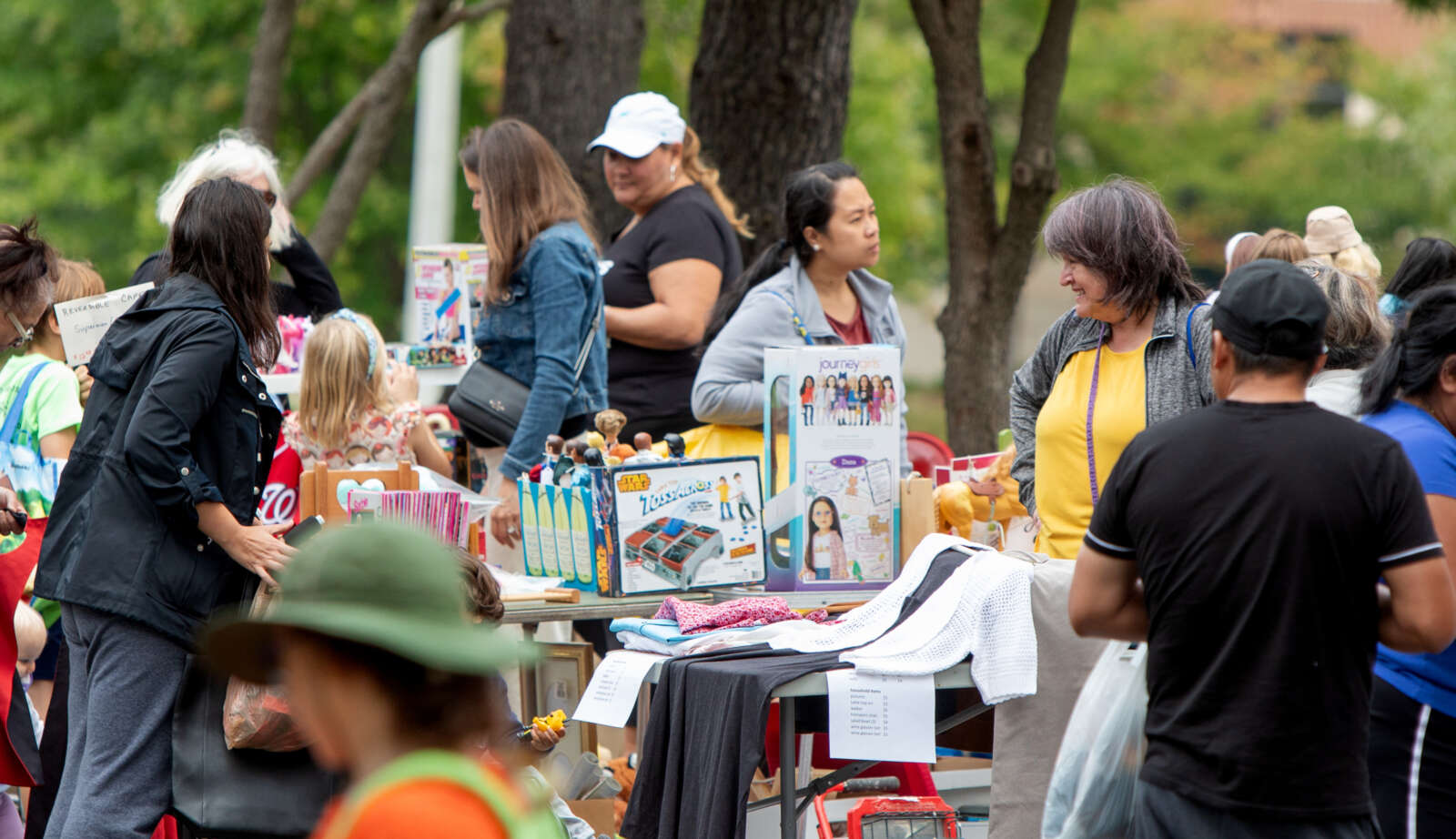Though the U.S. Centers for Disease Control and Prevention issued an eviction moratorium on Sept. 4, the ability to keep up with rent payments has been one of the most urgent challenges of the COVID-19 pandemic for Fairfax County residents, along with food insecurity.
As of Nov. 16, Fairfax County Coordinated Services Planning, which connects individuals to social services, has received 4,693 requests for rental assistance so far this year, according to Fairfax County Health and Human Services.
The county generally gets around 5,000 housing payment assistance requests every fiscal year.
“The pandemic has exacerbated the situation of our most vulnerable residents,” HHS public information officer Shweta Adyanthaya told Tysons Reporter in an email. “The system has seen a significant increase [of] over 3,000 new households, requesting all basic needs – housing, utility, food assistance – during the pandemic response.”
Adayanthaya says that, while requests have come in from all parts of the county, the areas with the highest levels of need now are the same areas that struggled most prior to COVID-19.
To help provide resources to tenants at risk of losing their homes, Fairfax County formed an eviction prevention task forcewith representatives from various county agencies, the county sheriff’s office, and the nonprofit law firm Legal Services of Northern Virginia.
The task force has also been charged with collecting and analyzing data on the eviction situation in Fairfax County, which will then be used to help direct resources and guide recommendations for future actions.
According to HHS, it is currently unknown how many Fairfax County residents have been evicted or become homeless since COVID-19 arrived in Virginia this past spring.
However, Adayanthaya says the county is “taking a proactive approach” to contact residents who get pulled into the legal system for evictions, and it has expanded outreach efforts to connect vulnerable and hard-to-reach populations with essential resources.
The county has also started outreach efforts to landlords that will expand in the new year.
“Communication is a key ingredient in communicating with tenants who are at risk of eviction as well as landlords,” Adayanthaya said. “We have been working hard to provide as much current information to prevent unwarranted eviction and to help educate the community.”
Currently set to expire on Dec. 31, the CDC’s temporary moratorium bars landlords from issuing evictions from residential properties for nonpayment of rent by individuals with incomes lower than $99,000 and married couples with joint incomes of less than $198,000.
Tenants in those categories will be covered by the moratorium if they are unable to pay rent due to income loss or extraordinary out-of-pocket medical expenses and would become homeless if evicted. They must present a declaration to their landlord.
The Fairfax County Redevelopment and Housing Authority has suspended evictions for rent nonpayment and associated charges or fees for residents of its properties. Late rent penalties also have been waived until further notice for renters at county-owned and managed properties.
Adayanthaya says the impact of eviction moratoriums on landlords, particularly small and family owners, has raised concerns in Fairfax County about the potential loss of affordable housing, but such measures are critical right now from a public health standpoint as well as a socioeconomic one.
“Eviction moratoria – like quarantine, isolation and social distancing – are effective public health measures to prevent the spread of COVID-19,” Adayanthaya said. “Housing stability helps protect public health as homelessness increases the likelihood of individuals moving into congregate settings, such as homeless shelters, which puts individuals at higher risk for COVID-19.”
According to HHS, the Fairfax County Office to Prevent and End Homelessness has secured 445 rooms at six hotels as of Nov. 12 to provide shelter for people experiencing homelessness and individuals who are unable to isolate or quarantine safely in their homes.
358 of those rooms are currently occupied by 462 guests for an 80% occupancy rate. 90% of the individuals residing in the hotels were referred by homeless services providers. Only two of the guests were not homeless upon admission.
“Since the hotels opened, 132 people who were experiencing homelessness at admission moved to permanent housing situations,” HHS says.
Additional housing assistance information and a guide to tenant-landlord rights can be found on the Fairfax County emergency information website.
Photo via Fairfax County Office to Prevent and End Homelessness/Facebook






